How tourism in the North York Moors National Park has changed in 20 years
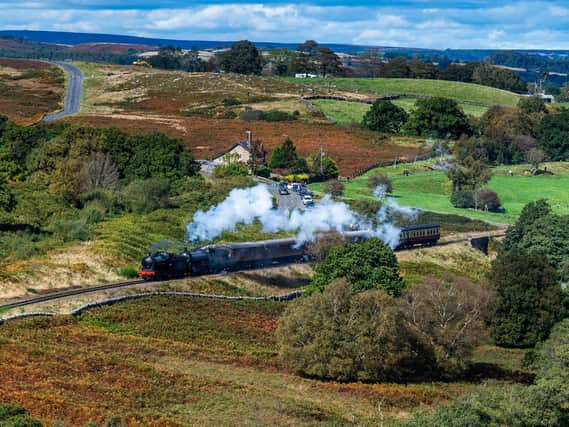

The long-serving chief executive, who joined the National Park Authority from Northumberland National Park back in 2000, will retire in July, having extended his tenure by two months to lead the organisation during one of the most challenging periods in its history.
The role and resilience of our National Parks - there are 15 in the UK, designated in the post-war decades to improve access to the countryside - has been under scrutiny during lockdown, when crowds of inexperienced first-time visitors poured into 'honeypot' areas from the cities while indoor leisure attractions were closed. Tensions arose between permanent residents, second home owners and daytrippers in many rural beauty spots, while the number of cars and motorbikes in some of the most tranquil areas of the country now looked incongruous and inappropriate against a backdrop of suddenly quiet urban roads. National Parks appeared under pressure as never before.
Advertisement
Hide AdAdvertisement
Hide AdThe North York Moors did not escape despite their relatively remote location, and rangers and local police officers had to deal with littering, fires caused by disposable barbecues, wild camping, illegal parking and anti-social behaviour. Issues were concentrated in popular spots such as the Thomason Foss waterfalls, Goathland, Sheepwash and Cod Beck Reservoir.
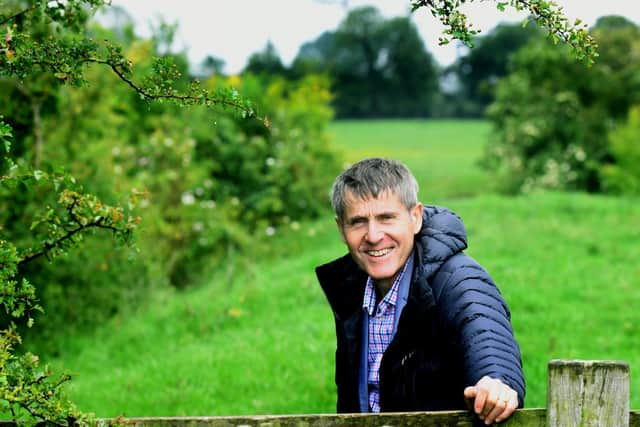

While admitting that monitoring visitors' conduct and enforcing the Countryside Code has been challenging for his staff, Andy also believes that the sudden rise in prominence of National Parks provides an opportunity to promote them to a new generation that has become risk-averse and detached from our natural landscapes.
To him, the 554 square miles of coastline, heather moorland, forest and archaeological heritage sites that have made up the North York Moors since 1952 are a 'a great cathedral in the open air'.
"There have been a lot of discussions, both locally and between the chief executives of National Parks across the country, during the pandemic. Overall, numbers of visitors have been much lower than normal - our traditional visitors have stayed away and there has been a massive depression in the numbers of people from further afield who use overnight accommodation. Usage of the Cleveland Way is way below average.
Advertisement
Hide AdAdvertisement
Hide Ad"Yes, there were a few areas of the Park - Cod Beck, Beck Hole, Goathland - where there was an issue with new visitors. If these people had been more spread out throughout the Park, there wouldn't have been crowds.
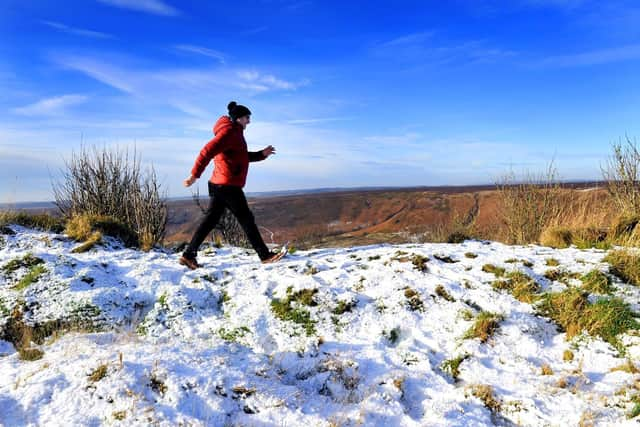

"Many of them were young, and the young should be our customers as much as anyone else, but these groups wanted to let their hair down and to be outside in a space that they could get to. Large numbers at these sites caused us a lot of work.
"One of our young rangers has been tasked with communicating with these groups and advising on things like litter and barbecue use. Our visitor centres have been closed, so our staff have had to become more mobile."
Many of the youths throwing outdoor parties came from Hull and Teesside, and the National Park Authority will now undertake more outreach work in these areas to educate potential visitors about respect for the countryside.
Advertisement
Hide AdAdvertisement
Hide AdAndy also points out that in the 1950s and 60s, before foreign travel became more affordable, places like Hutton-le-Hole were often overcrowded, and that the management of visitor distribution and density has vastly improved since then.
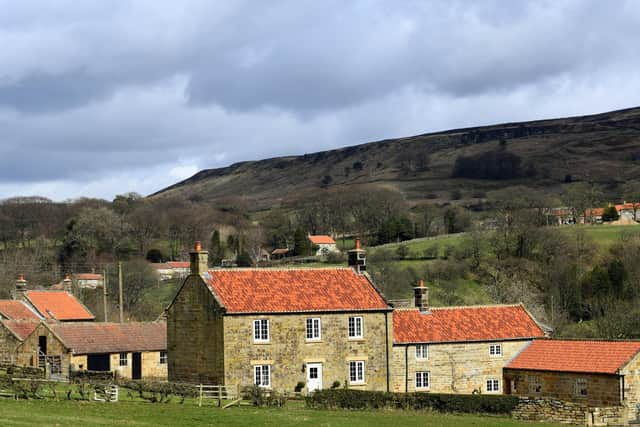

"If you look at old photos, Hutton-le-Hole was rammed with people swimming and paddling. It seems to have declined in popularity since then. People's recreational pastimes have changed, and swimming is perhaps seen as more risky.
"We have to look at the positives - it shows how much people like to be outside and that they were missing nature. There's a way forward which captures this side of things.
"Lockdown was so challenging. I am old enough to remember the three-day week, but I cannot think of anything that has changed working patterns this much since World War Two.
Advertisement
Hide AdAdvertisement
Hide Ad"A lot of the debate has been about the effects on the countryside, and I do think things might have been different if the weather had been bad."
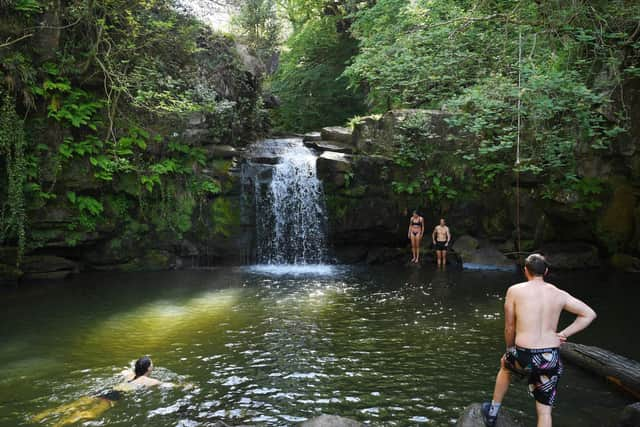

Looking after our own
As well as managing visitor behaviour, the National Park Authority must also look out for the interests of around 23,000 permanent residents who live within its boundary, many of them with roots in the area that pre-date the Park's foundation.
The main issues of contention are familiar to anyone living in a rural community - expensive housing, a lack of local jobs for young people, poor public transport and slow digital communications.
Andy has overseen a commitment to identifying more sites suitable for affordable housing, and the Authority works with developers to ensure it is provided. Although the Park's population has remained stable since the 1950s, it has aged as younger generations leave to seek opportunities elsewhere.
Advertisement
Hide AdAdvertisement
Hide Ad"There are local variations with housing - it's considerably cheaper to buy in Hinderwell, within the Park, than it is to live in Felixkirk or Borrowby, which are just outside it. We are constantly finding new sites for affordable housing, and we have a good track record.
"Around 15 per cent of our own staff are apprentices, and this has made the age profile of the workforce a lot younger. We want to give them that training and start in life. We never have a problem filling vacancies, but very few of them can afford to live in the Park.
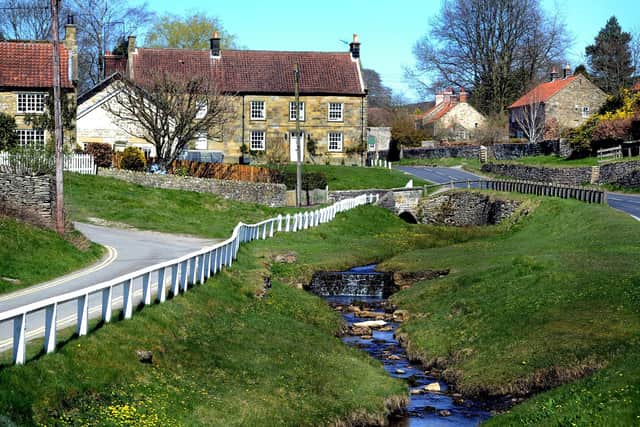

"Building sustainable communities here is a challenge. It's a remote rural area, transport and communications are difficult, there's not a lot of entertainment for young people and in some ways we are powerless.
"With employment sites, it's a continual balancing act. The Park is so different and special because it does not have heavy industry. We can't lose our specialities, and tourism is the biggest employer. But it's not easy if we also want to retain a stable population."
Advertisement
Hide AdAdvertisement
Hide AdThese competing priorities came to a head over the controversial approval of fertiliser producer Sirius Minerals' plans to mine for potash beneath the moors for export via the docks on Teesside.
Despite environmental concerns, it was felt that the well-paid jobs promised by the mine owners would outweigh potential damage to the character of the area.
"It's an interesting site, and I believe the largest private sector investment project in the north of England. We approved it because of the jobs it will create, and it was very much an exception to our usual policies on industry. There were a lot of conditions attached - they weren't allowed to build a new road to the mine, for example. There was a lot of compensation and mitigation involved so that the visual impact was not as bad.
"As far as I know, there are no other ongoing expressions of interest in the Park now that fracking is no longer going ahead. We are the only place in the UK where potash can be extracted - it's this little slither on the moors, the rest is under the sea."
Advertisement
Hide AdAdvertisement
Hide AdPoor broadband and mobile phone network coverage is also holding the area back, and Andy fears there will be little progress without more interest from telecommunications giants.
"We've lost post offices and bus services, which is a real problem for residents. There just isn't enough demand or population density to motivate private investment in transport or communications. We really lag behind - we have so many 'not spots' and 'grot spots' where the coverage just isn't effective.
"Tourists are often surprised by it and it affects young people who want a social life, as well as the emergency services.
"It's improved a bit but it will still be a major post-lockdown issue, now the home working situation has emphasised the importance of fast connectivity.
Advertisement
Hide AdAdvertisement
Hide Ad"Businesses are forced to move out of the area - it really is critical."
Two decades of change
When Andy joined the North York Moors National Park Authority in 2000, it had only been an independent governing body for three years.
Since then, he has witnessed major changes, both in the curation of the landscape and biodiversity and in the vital tourism sector.
"The Park has benefitted a lot from agri-environmental schemes - countryside stewardship and support for traditional, non-intensive farming. We have given them stability, although the future for hill farming is still uncertain.
Advertisement
Hide AdAdvertisement
Hide Ad"There has been an increase in broadleaf woodland cover, in the context of a national decline.
"People's expectations have risen so much, and they think we can control a lot more than we do. There is a much stronger expectation that they will see certain wildlife, for example, and that we can deliver the nature they want. That's why the beaver reintroduction project at Cropton Forest is such a positive thing.
"It's quite daunting that people think we can just 'fix' things like affordable housing.
"I do think the visitor/resident tension had decreased over the years. There's more of a common identity now, like we are a family trying to achieve the same things.
Advertisement
Hide AdAdvertisement
Hide Ad"We also have so many more volunteers now - around 600, and their work is a huge part of our output."
Adapting to the demand of visitors
Andy admits that one of the biggest disappointments of his time in charge has been the decision by the Youth Hostels Association to pull out of the National Park and sell their properties. To generations of young travellers, youth hostels represented freedom, simplicity and friendship.
Yet demand for communal, self-catering bunkhouses where everyone mucks in has declined as tourists seek out more comfort and privacy.
"As a young man, I stayed in a lot of youth hostels and you were expected to help out with the chores, sometimes there was no hot water for a shower - standards are higher now!
Advertisement
Hide AdAdvertisement
Hide Ad"Visitor numbers are up, camping and caravanning has increased, as has motorhome use. In the last 10 years the number of new hotel conversions has really gone up - and this is top-end accommodation.
"The development of the food and drink scene has been astronomical. We have the Michelin-starred Black Swan at Oldstead, and we work with the wider area as well - Malton is such a destination now. We have lost pubs and post offices, but gained restaurants and cafes.
"The popularity of traditional places such as Hutton-le-Hole has dropped off a lot in the last 20 or 30 years, and the number of people doing the Lyke Wake Walk is considerably less. But the coastal villages have had such a renaissance, they have such dynamism now and there is a lot of entrepreneurship there. Whitby is outside the Park, but it is so exciting and buoyant now and there have been some really imaginative developments, like the growth of whale watching tours.
"There is more cycling now, both road and off-road, and several bespoke cycling businesses have sprung up."
Looking to the future
Advertisement
Hide AdAdvertisement
Hide AdAndy firmly believes that the North York Moors are the country's most varied National Park.
"We have the coastline, the sea, the moors, the woodland, the grassland, and so much amazing history of human occupation. That all makes for a very good holiday.
"People often don't realise that the moors were a very densely populated area at one point, being near the sea and at a time when lowland areas were still swampy. There are a lot of remains dating back as far as the Mesolithic age. There is a long spiritual tradition here and the tranquility is as strong as ever."
He thinks the Park's reputation has suffered in the past because of 'confused' branding and identity. Its most popular visitor attraction, the North Yorkshire Moors Railway, has a name which appears to contradict that of the National Park.
Advertisement
Hide AdAdvertisement
Hide Ad"There has been a lot of confusion over the name in the past, and there can still be - the moors themselves are part of a much larger area.
"We don't have great public transport; there isn't a good bus network and we only have the Esk Valley Railway. Other National Parks are better connected.
"I think we could still accommodate more visitors - the Lyke Wake Walk is under capacity and there are some quieter places. Over the past 40 years our ability to manage pressure has grown, and we have improved techniques to prevent footpath erosion.
"We would like to attract more people in a way that ensures they are not a burden on the environment, and we want to put that message of welcome across to all of society. We have some excellent traditional visitors, but the younger generation seem to be getting out to the countryside less and parents are more risk-averse now. We want to re-engage with them and incite them to come and visit.
Advertisement
Hide AdAdvertisement
Hide Ad"National Parks are one of the great post-war settlements, and they are terrific assets for Yorkshire. We should really value them. I think, overall, they have stayed true to their founding principles.
"I have been lucky to work in a wonderful place with wonderful people and great visitors."
Asked to pick an area of natural beauty he believes is worthy of National Park status, Andy recollects a visit to the Lough Erne lakes in Northern Ireland.
"I went there during the Troubles with the RSPB to count birds. It is very close to the Irish border and we were soon stopped by the army! It's not the most obvious of places but it really is beautiful."
Who's next?
Advertisement
Hide AdAdvertisement
Hide AdAndy's successor as chief executive will be Tom Hind, who will take up the role in September.
Tom grew up in the area and has spent 20 years working in food and farming for the NFU and Tesco. His most recent position was chief strategy officer for the Agricultural and Horticultural Development Board.
Tom said: “I’m delighted to have been appointed as the new chief executive of such a respected organisation. Growing up in Yorkshire and enjoying the beauty and tranquillity of the National Park as a visitor, this means a great deal to me on both a personal and professional level.
“Our natural landscapes are inspiring in themselves but the value the National Park brings goes so much further, whether it’s the exceptional apprenticeship programme, incredible conservation work or engagement with the local community.
Advertisement
Hide AdAdvertisement
Hide Ad“I believe I can bring valuable experience and passion to the National Park Authority, not only in terms of land management policy, but also in working in partnership with other stakeholders and government. The breadth of the role, the chance to build on my leadership experience and a sense of purpose that connects with what I love out of work are all very powerful motivations for me and I cannot wait to get started.”
National Park Authority chair Jim Bailey added: "The selection panel were impressed by Tom's strategic talent and energy. The level of research work was very impressive and his knowledge of business and land use issues will be valuable in the changing times ahead. We are much indebted to Andy and he’s a hard act to follow. It’s not about knowing all the answers right now, of course we don't. However, in Tom I’m very confident of his commitment to finding the best answers for the good of the National Park and for all who care for future of the North York Moors.”